Inside: Here are creative ways to collect and preserve your ancestor’s recipes. Included are ideas to gather the recipes and the stories that make these recipes memorable!
Gathering Family & Ancestors Recipes
Have you ever had one of those moments when your olfactory organs went crazy after smelling a deeply familiar scent—perhaps—in someone’s kitchen or at a bakery? Did it bring back cherished memories of your childhood?
Whenever I smell a peach or rhubarb pie, rolls, bread, cakes, or raisin cookies—I think of my grandmothers and all the amazing foods they prepared.
The big question is—did I gather those recipes from my grandmothers?
Well, I tried. But my grandmothers did not use recipe books–all their recipe knowledge was in their heads and trying to get them to write their recipes down didn’t work.
I attempted to recreate recipes from my grandmother’s—but they’re not exact copies. I’ve done the same for my husband who has cherished memories of his grandmother’s cooking but doesn’t have any recipes.
Some of you may be thinking—there are so many recipes on the Internet—why bother with old recipes from our ancestors?
The reason? Those recipes are connections and links to our ancestors—it makes us feel their presence in our kitchens. They help us understand how they cared for their families through food.
Here are some suggestions on how to preserve and secure your ancestors’ recipes AND your recipes!
Create a Recipe Book
I started cooking and baking at age 10. Over the years, I’ve gathered, baked, and cooked literally 100s of recipes and created a few of my own. And I taught our four sons how to bake and cook.
When my sons were in college, I decided to retype all the recipes from my childhood and adulthood and compile them into a recipe book. They were recipes I made for my family and I didn’t want them to be lost and forgotten.
Each day I spent 30 minutes typing recipes onto my computer. It took one year to complete.
I included recipes, tips, tricks, and most importantly, the HISTORY behind each recipe to make the book more meaningful.
Clipart was added for color. And, to protect the pages, I purchased recipe binders and plastic sheet protectors.
When each of my sons got married, I gave them their “Recipes from Home” cookbooks. They’ve baked and cooked the recipes for their families while reminiscing over the memories attached to each.
That’s how legacies begin…
Years from now, when I’m dead—my great-grandchildren and beyond will have in writing their ancestor’s recipes.
How to create your own Family Recipe Book
- Gather all your recipes in one place
- Begin typing the recipes onto the computer—one page per recipe
- Proof-read each recipe after typing for accuracy
- Spend about 30 minutes each day typing recipes
- Add clipart (optional)
- At the bottom of the page, include the HISTORY behind the recipe—who gave it to you (and if it was from an ancestor), how often have you made it, what special memories you have of the recipe, and any tips.
- Categorize and organize the recipes—cookies, bread, appetizers, meals, desserts, meat, salads, etc.
- Print off the recipes, cover each page with plastic sheet protectors, and put them into a recipe binder
It’s now suitable for gift-giving and memories!
Cooking & Baking Treasured Ancestors Recipes
Do you have recipes from your ancestors? Do you have any stories connected to these recipes? If not, start by asking the oldest living relatives in your family if they have any ancestors’ recipes and/or any stories about the recipes.
To give the recipes meaning, longevity, and remembrance, share them with family members.
My great-grandmother, Victoria Josephine Sandgren (1865-1949) was from Sweden. Her mother taught her to cook and bake. When she was 10 years old, her family migrated to America and moved west. She ended up marrying my great-grandfather—a handsome, dashing man with an amazing voice. He took her to Idaho to live—which at the time was uncharted territory!
She said there were weeds everywhere. However, she knew how to turn a lemon into lemonade and she learned foraging from the Piute Native American Tribe and put those weeds to good use with her 13 children. A bond of love and respect developed between my great-grandmother and the Native Americans. In return for their kindnesses, she regularly made them her famous BUTTERMILK BISCUITS.
I don’t have the exact recipe, but I’ve made many different recipes of buttermilk biscuits in hopes they are close to what she made.
Here’s the recipe I’ve given to my children and grandchildren. When we make these, I have her picture out so we can see the ancestor that inspired our baking.
- 2 cups sifted flour
- 4 teaspoons baking powder
- ½ teaspoon salt
- ½ teaspoons cream of tartar
- 2 teaspoons sugar
- ½ cup butter (or one stick)
- ⅔ cup + 2 Tablespoons buttermilk
- Sift all the dry ingredients together for even distribution
- Using a pastry blender, cut the butter into the dry ingredients until they resemble coarse crumbs
- Add the buttermilk
- Mix and gently knead until the dough forms a ball (for taller biscuits)
- Roll out, and cut with a round cookie cutter
- Place on an ungreased baking sheet
- Bake at 450 degrees for 10-12 minutes
Here’s another reason why you need to WRITE recipes down…
My husband’s grandmother made amazing cabbage rolls. A Hungarian woman gave her the recipe and taught her how to fold the cabbage rolls so the stuffing would not fall out. Sadly, we don’t have the recipe or the folding trick!
So—gather and WRITE DOWN your families’ recipes, the stories behind the recipes, and any tricks and tips! Once the person has died the recipes and all connections to the recipe are lost unless you’ve taken steps to preserve them.
Making Wheat Bread from Scratch
In 1980, I purchased a stone-ground wheat grinder and took classes from a baker skilled in working with wheat flour. It was a fun experience but I wanted my sons to be part of it so I taught them how to make wheat bread from wheat berries.
First, we read the book, “The Red Hen,” by Rebecca Emberley.
Second, I purchased wheat berries and we ground them into flour in the wheat grinder
Then, we took the fresh warm flour and made it into wheat bread. We did this so many times that my sons told their teachers at school and pretty soon, with my wheat grinder in tow, I was visiting children in elementary schools helping each child make a fresh loaf of wheat bread.
Then my grandkids came along and now, I’m making wheat bread with them. I’m hoping this recipe and the memories of making this wheat bread will become a legacy for my future posterity.
Creating Bread Stencils from Our Ancestor’s Handiwork
Do you have ancestors that worked with their hands creating beautiful handiwork like embroidery, crocheting, tatting, or knitting? If so, you can use pieces of their handiwork to create a stencil for the top of the bread.
To honor my grandkids’ great-great-grandmother, Elizabeth Schutz, we used a piece of her crocheting to create the stencil for our homemade bread.
It’s easy to do:
- Squirt some water on the risen bread
- Put the crocheted piece from your ancestor on top of the bread
- Sprinkle 1 tablespoon of flour over the piece
- Gently pat it down
- Lift the crocheted piece from the bread. Bake as usual.
It’s a fun way to remember the skills and talents of your ancestors.
Click here for the recipe for my Stone-Ground Wheat Bread.
Steps for Gathering Recipes from Ancestors
Try these steps for preserving recipes from your ancestors.
Step #1
First, gather recipes from family members when they are young enough to remember the recipe and the stories connected to it.
If you can no longer get a family recipe, talk to your oldest living relative. They may have the recipe or remember a story about it.
If this doesn’t work, no worries. Find a recipe that is close to what you remember. I don’t think it’s necessary to have the exact recipe. Your ancestors will be pleased that you even remembered them and wanted to recreate similar dishes they made.
Step #2
Once you have obtained a coveted recipe—preserve it by typing it onto the computer; make several copies and distribute them to family members.
Step #3
Make the recipe often. It won’t get passed to the next generation unless you make it repeatedly and help your children and grandchildren develop the same love for it as you have.
Step #4
When you make the recipe and have the story written down, the next step is to TELL your children or grandchildren the story behind the recipe; why you love it so much; what memories you have of it, and why it’s important to you.
Cherished Ancestors’ Recipes and Their Stories
My husband has fond memories of his paternal grandmother’s apple raisin cake. There was no recipe so I experimented until I found a similar recipe. Click here for her apple raisin cake.
My paternal grandmother made a delicious peach pie. Click here for her peach cobbler recipe.
What recipes and stories do you have from your ancestors? Do you have other suggestions on how to gather or preserve ancestors’ recipes? Please comment in the section below.
Check out more posts on ancestors here:
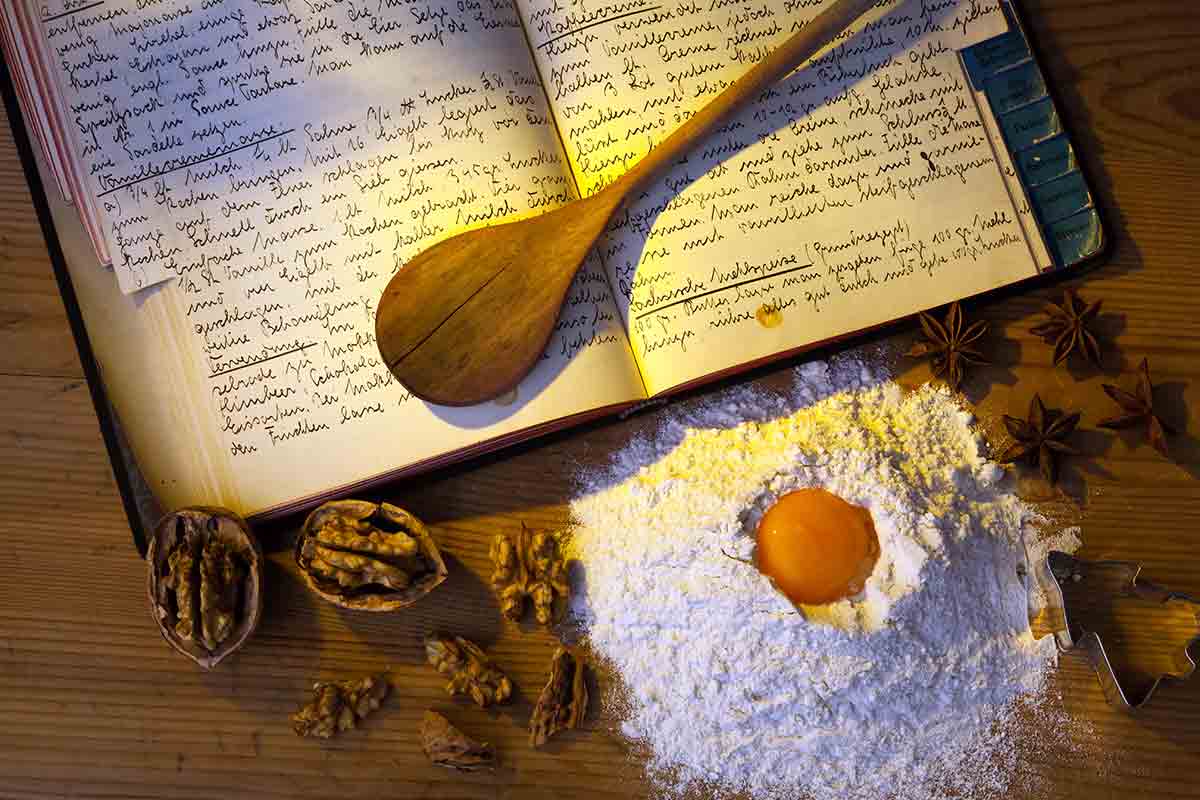
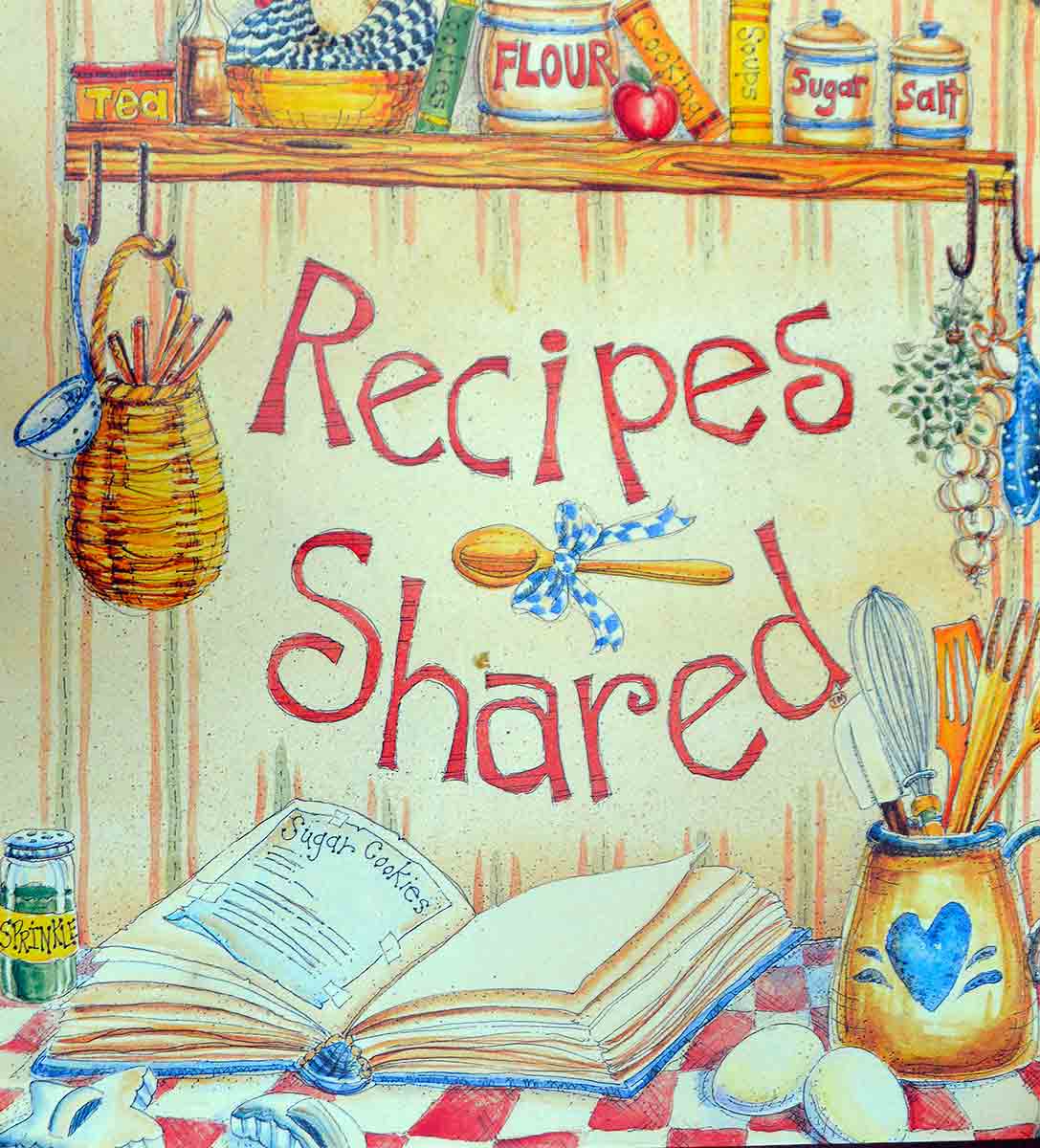
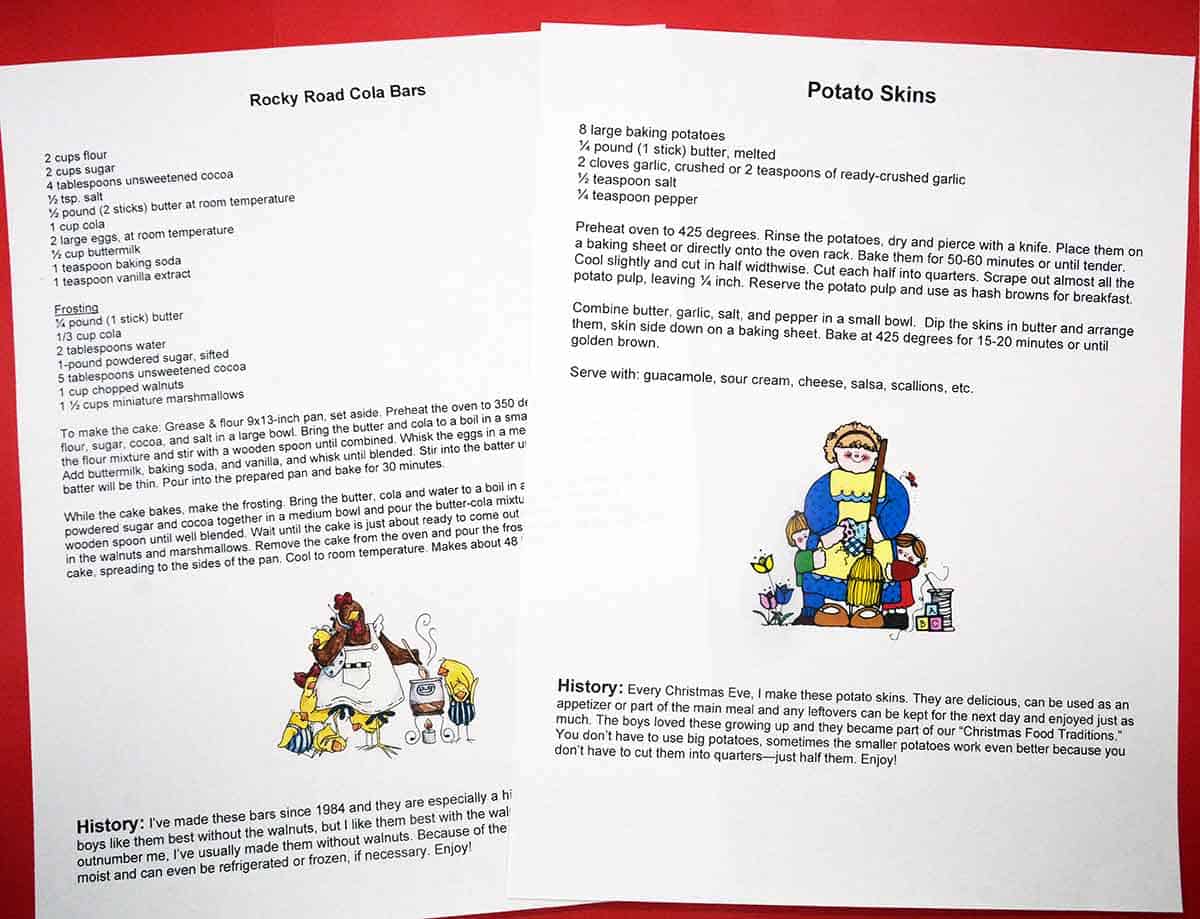
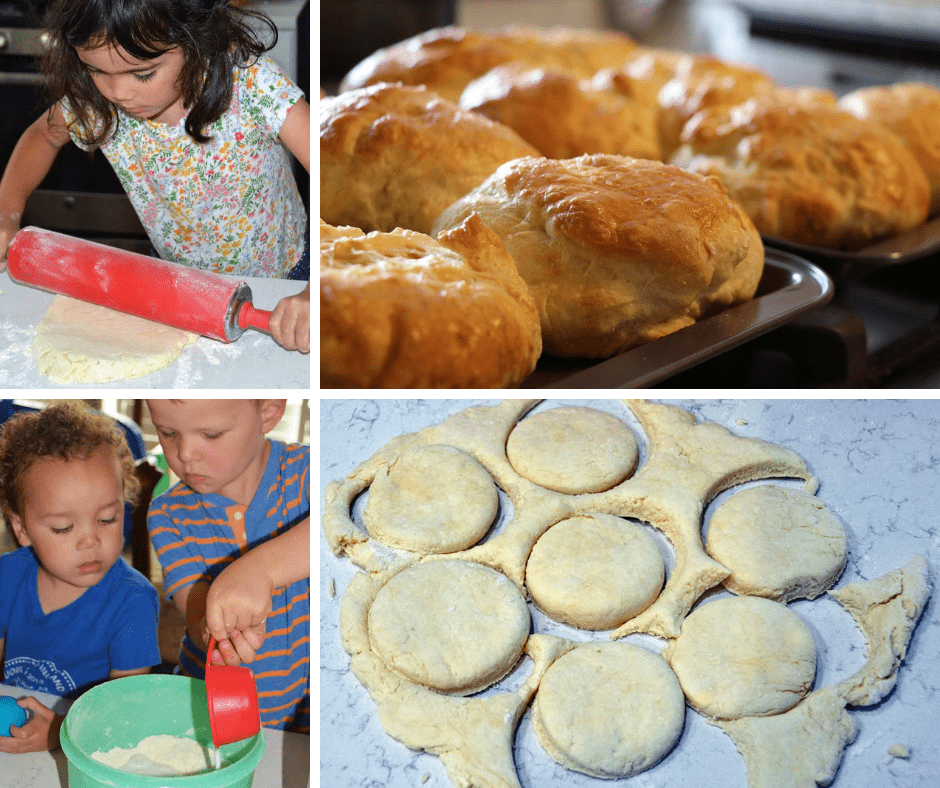
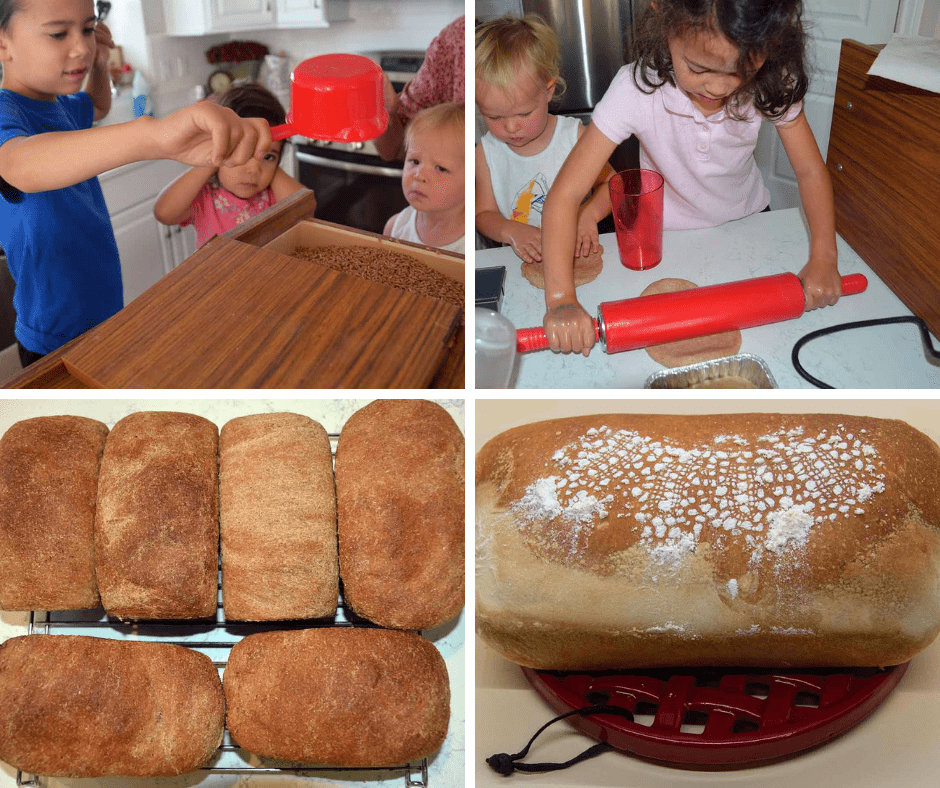
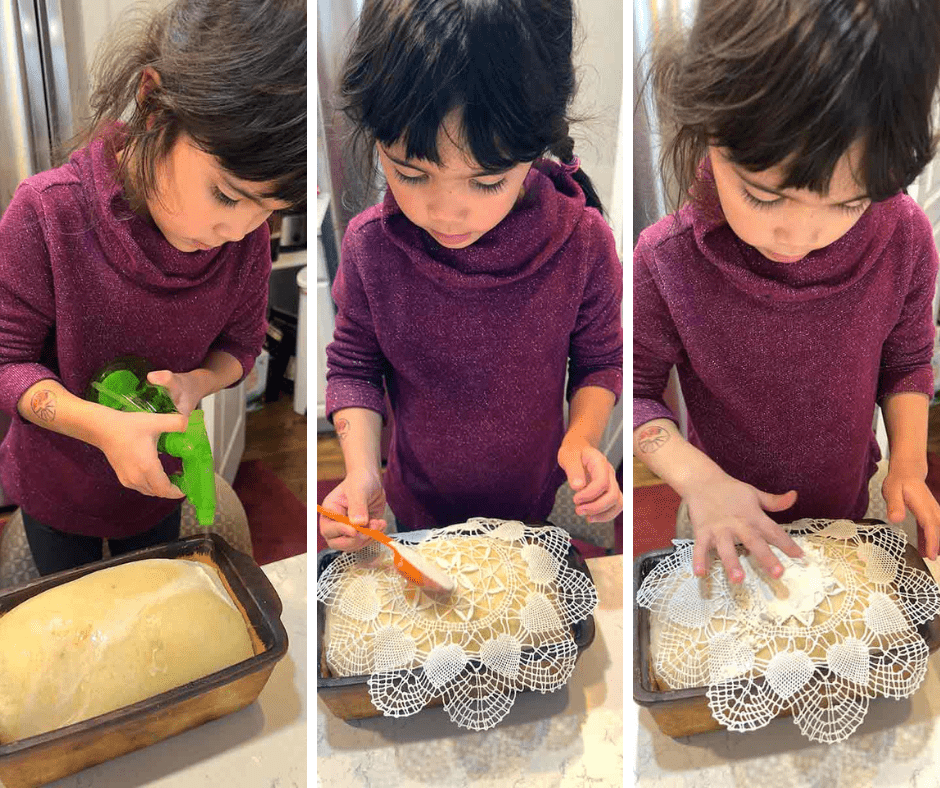

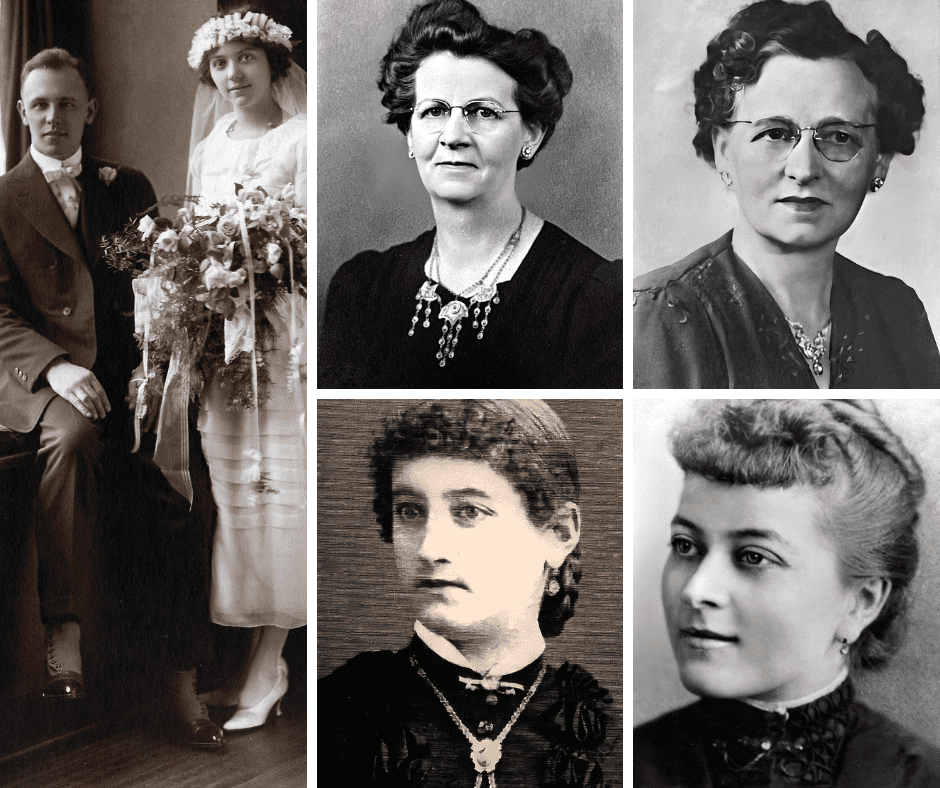
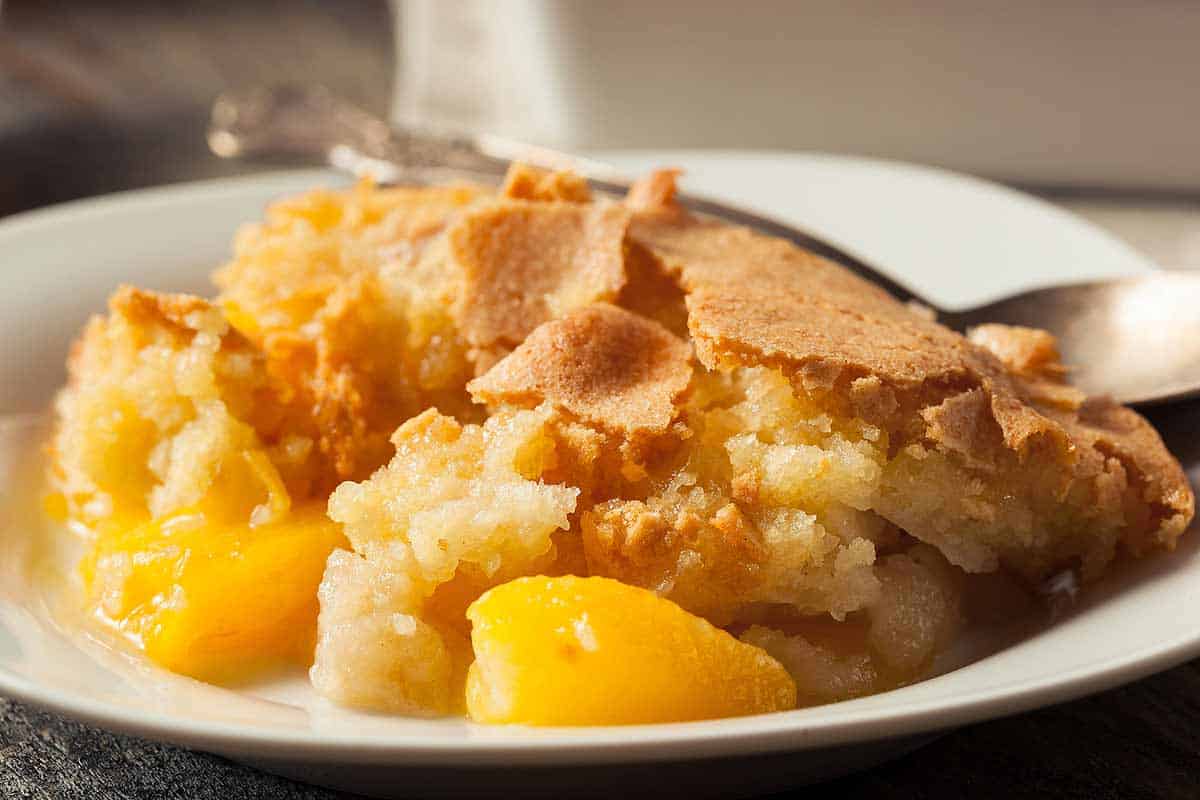


Leave a Reply